Solar energy is one of the most promising renewable energy sources today. Solar panels are popular for homeowners and businesses looking to reduce their carbon footprint and lower their energy bills. If you are considering installing solar panels, it is essential to understand the best direction for solar panels to face.
In the context of environmental conditions in Vancouver, British Columbia, this article will explore the fundamentals of solar panel direction and provide insights into the best direction, angle, and placement for solar panels to generate the maximum amount of solar power.
Solar Panel Orientation Fundamentals
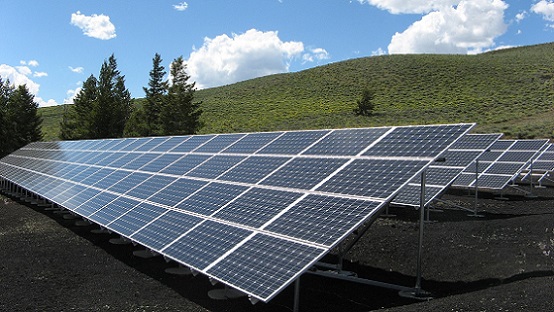
A solar power system’s direction and tilt angle significantly impacts its energy output. PV panels should face the direction that allows them to capture the maximum amount of sunlight throughout the day.
In the northern hemisphere, including Vancouver, the ideal direction for PV panels is south-facing. This is because the sun’s rays hit the southern half of the sky, providing more sunlight exposure to the southern-facing panels. Therefore, don’t miss to place PV panels in the northern hemisphere in the suggested direction.
However, other factors such as the roof direction, geographic location, and shading must also be considered when choosing the best direction for PV panels to face.
Finding the Best Direction for Solar Panels to Face
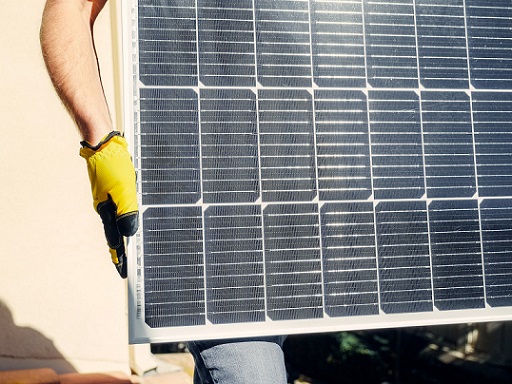
While south-facing panels are generally the best direction for solar panels to face, this may not always be possible or practical. In Vancouver, the solar panels should face either south, southeast, or southwest to maximize solar energy output.
West-facing solar panels are also effective, especially if there is no shading in the afternoon. On the other hand, an east-facing solar array is the least effective for generating energy, as they receive little sunlight exposure throughout the day.
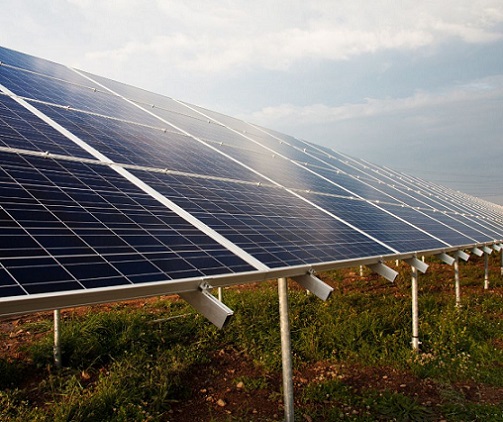
While south-facing panels are the best direction for PV panels to face, it is not always necessary to have PV panels facing south to generate solar energy. West-facing panels are helpful in Vancouver because they can counteract winter production dips by capturing sunlight in the afternoon when the sun is low in the sky.
North-facing panels, while less influential, can still generate energy, especially if installed on a roof with a steep pitch. Additionally, solar panels installed on the ground in open areas with southern exposure can eliminate any constraints imposed by the orientation of a building or roof.
Factors Affecting the Optimum Solar Panel Orientation
Solar panels are a popular and eco-friendly way to harness the sun’s energy and convert it into usable electricity. However, to maximize the efficiency of your solar panel system, it’s essential to install them at the optimum angle.
The optimum angle is at which the solar panel receives the maximum amount of sunlight throughout the year. This angle can vary depending on several factors, including roof tilt, latitude, and time of year/season.
Roof Tilt
The tilt of your roof can significantly impact the optimum angle of your solar panels. Ideally, solar panels should be installed at a tilt equal to your location’s latitude. For example, if you live at a latitude of 30 degrees, your solar panels should be tilted at a 30-degree angle.
However, not all roofs are created equal. If your roof has a steep pitch, installing your solar panels at the optimum angle may be difficult or impossible. In this case, you may need to consider alternative mounting options, such as a ground-mounted system.
Latitude
Latitude is one of the most critical factors affecting your solar panels’ optimum angle. As a general rule, the closer you are to the equator, the lower the optimum angle of your solar panels will be. This is because the sun’s path is more overhead at lower latitudes so that solar panels will receive more direct sunlight at a lower angle.
Conversely, if you live in a higher latitude region, the optimum angle of your solar panels will be higher. This is because the sun’s path is more oblique at higher latitudes, so solar panels must be tilted at a steeper angle to receive the maximum amount of sunlight.
Time of Year/Season
The time of year and season can also affect the optimum angle of your solar panels. Solar panels should generally be tilted at a higher angle in the winter months and a lower angle in the summer months. This is because the sun’s path changes throughout the year, and during the winter months, the sun is lower in the sky.
By tilting your solar panels at a higher angle in the winter, you can ensure that they receive the maximum amount of sunlight during this time. Conversely, in the summer, the sun is higher in the sky, so tilting your solar panels at a lower angle will ensure they receive the maximum amount of sunlight.
In Addition to the above factors, it’s also important to consider any shading that may affect the optimum angle of your solar panels. Shading from trees, buildings, or other obstructions can significantly reduce the amount of sunlight your solar panels receive, impacting their efficiency.
In conclusion, the optimum angle of your solar panels can be affected by several different factors. Considering the roof tilt, latitude, and time of year/season, you can ensure that your solar panels are installed at the optimal angle to maximize their efficiency and energy output.
What is the Best Angle for Solar Panels?
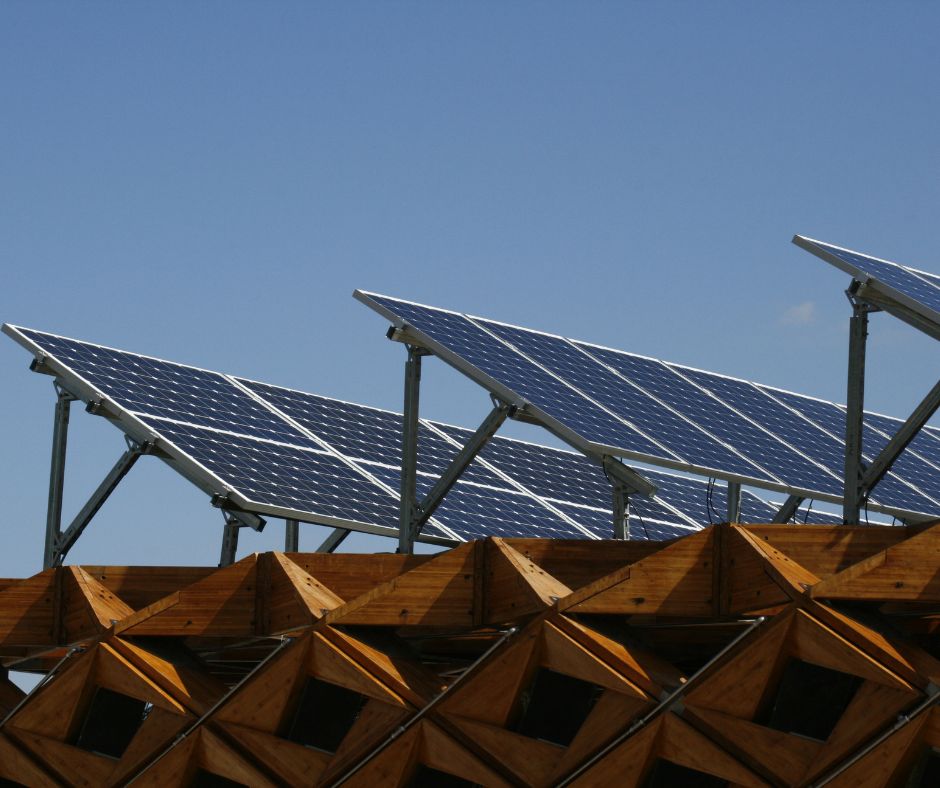
The position and angle of solar panels play a critical role in their performance. Solar panels must be installed in a location with maximum sunlight exposure during the day, typically on the southern half of the roof. If the roof is flat, solar panels can be tilted at an optimal angle to capture more sunlight.
It’s essential to consider the pitch and direction of the roof when placing solar panels. The angle and direction of the roof will affect the optimal placement and angle of solar panels. A professional solar installer can help determine the best placement for your solar panels.
The tilt of the solar panel angle also affects energy output. The optimal tilt angle for solar panels varies depending on the location and season. For Vancouver, the ideal tilt angle is between 25 to 35 degrees.
This angle ensures that the PV panels receive enough sunlight throughout the year, even in winter when the sun is lower. However, solar panels tilted at a steeper angle may produce more power during summer, while panels with a flatter tilt angle may produce more electricity during winter.
The tilt angle of solar panels should be adjusted seasonally to maximize solar system output. In Vancouver, the optimal tilt angle for solar panels during summer is around 20 degrees, while the optimal tilt angle for winter is about 45 degrees. Solar panel installers can adjust the tilt angle of PV panels based on the season to ensure maximum energy production.
Overview of Solar Panel Tracking Systems
![]()
While fixed solar panels are effective, solar panel tracking systems can further improve solar energy production. Solar panel tracking systems are designed to follow the sun’s path throughout the day. This increases the exposure time to direct sunlight and maximizes solar energy output. These systems can be classified into two types: single-axis and dual-axis.
Single-axis solar tracker move panels on one axis, usually rotating horizontally from east to west. Dual-axis solar trackers can significantly increase energy production. This is especially true in areas with high levels of seasonal or daily variations in sunlight.
Dual-axis trackers are more expensive but can increase energy output by up to 40% compared to fixed solar panels.
Best Solar Panel Direction for Net Metering and Optimizing TOU Rates
Net metering is a program that allows solar panel owners to earn credits for excess energy output. The extra energy is fed back into the power grid. Solar panels should be placed to face south or southwest to maximize net metering credits, depending on the local climate.
Solar panels facing south are ideal for areas with high direct sunlight. Southwest-facing panels are better for areas with partial shade.
Time-of-use (TOU) rates are electricity pricing that charges different rates depending on the time of day. Homeowners can optimize solar power output during peak TOU hours by installing solar panels in the south-southwest direction.
This orientation will help maximize solar power output during the afternoon and early evening. This is especially useful when electricity rates are typically the highest. In addition, the optimal solar panel direction will depend on the homeowner’s specific goals. South-facing solar panels are ideal for maximizing solar power production and net metering credits. Southwest-facing solar panels, on the other hand, are better for optimizing TOU rates.
West-facing solar panels can be effective for counteracting winter production dips. They can also generate energy during the late afternoon and early evening. Ultimately, the best solar panel direction will depend on the homeowner’s energy goals, climate, and local conditions. A professional solar installer can help determine the optimal path and tilt angle for solar panels.
Bottom Line
In conclusion, the direction and angle of solar panels are critical factors in determining their energy production and overall efficiency. While south-facing panels are ideal in most cases, east and west-facing panels can also be effective alternatives. The best orientation depends on the location and specific conditions. People may prefer to use ground-mounted solar panels when roof space is limited or unsuited for solar panel placement.
Solar batteries can provide a valuable means of storing excess solar energy. We can use this stored energy during low sunlight or high energy demand. Ultimately, carefully consulting with a reputable solar installer can help homeowners and businesses maximize their solar power systems. It can also help them achieve optimal energy production.

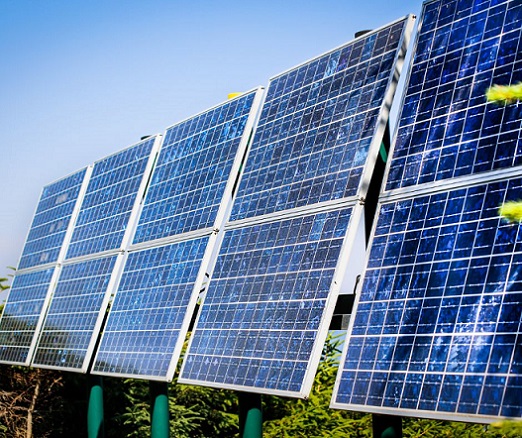
Leave a Reply